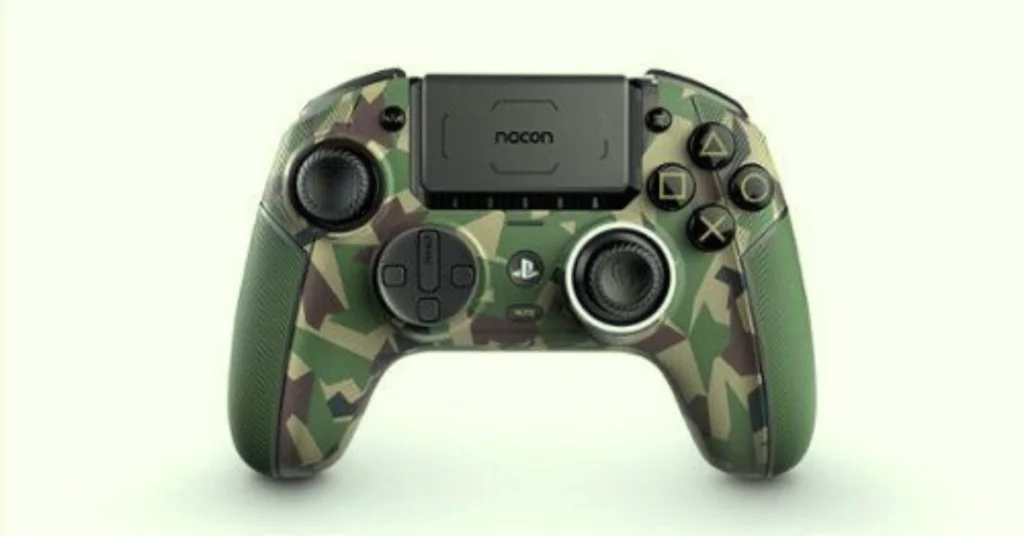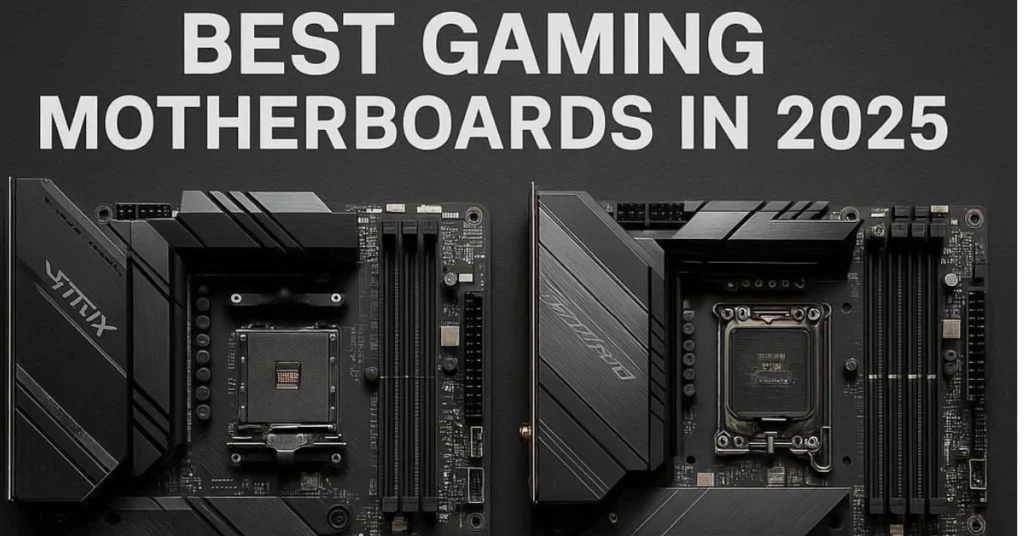Even though the PlayStation 3 is over a decade old its iconic DualShock 3 controller remains a favorite among gamers. Its lightweight design, pressure-sensitive buttons and nostalgic feel make it perfect for both retro gaming and modern PC titles. But here’s the challenge the PS3 controller wasn’t originally designed for Windows, so it won’t work right out of the box.
The good news? With the right drivers and setup you can absolutely use a PS3 controller on PC whether via a USB cable or Bluetooth connection. In this guide I’ll walk you through both methods step-by-step, explain which tools you need and share troubleshooting tips to make the process as smooth as possible.
By the end, you’ll have your PS3 controller working seamlessly with your favorite PC games.
Why Use a PS3 Controller on PC?
Before diving into the technical setup it’s worth asking why bother with a PS3 controller when newer models exist?
- Comfort & Nostalgia: Many gamers still love the PS3’s compact, lightweight feel.
- Cost-Effective: If you already own one, it’s a free way to upgrade your PC gaming setup.
- Retro Gaming: Emulators for PS2, PS3, and classic titles work great with the DualShock 3.
- Wireless Option: Bluetooth support makes it flexible without needing extra cables.
So, whether you’re replaying classic titles or simply prefer its design learning how to use a PS3 controller on PC is a worthwhile skill.
What You Need to Get Started
To successfully connect your PS3 controller, gather the following:
- A PS3 DualShock 3 controller (official Sony version recommended).
- Mini-USB cable (for wired connection or initial Bluetooth setup).
- Windows PC (Windows 10 or Windows 11 preferred).
- ScpToolkit software (a free driver package that enables DualShock 3 compatibility).
- Bluetooth dongle (optional, only required for wireless setup).
How to Use a PS3 Controller on PC (Wired Setup)
If you want the simplest method, start with a wired connection.
Step 1: Download and Install ScpToolkit
- Go to the official ScpToolkit page (hosted on GitHub or trusted sources).
- Download the installer and follow on-screen instructions.
- Allow Windows to install any required dependencies (like Visual C++).
Step 2: Connect Your PS3 Controller
- Plug your PS3 controller into your PC using the mini-USB cable.
- Windows may try to install drivers automatically but ScpToolkit will override them.
Step 3: Configure ScpToolkit
- Open ScpToolkit Driver Installer.
- Select DualShock 3 driver and your connected controller.
- (Optional) If you plan to use Bluetooth later select Bluetooth driver and your dongle.
- Click Install and wait for confirmation.
Step 4: Test Your Controller
- Open Game Controllers Settings in Windows.
- Check button responses and joystick movement.
- Launch a game or emulator to confirm it works.
How to Use a PS3 Controller on PC (Bluetooth Setup)
Once you’ve completed the wired setup you can enable wireless play.
Step 1: Prepare Your Bluetooth Dongle
- Make sure your PC has a built-in Bluetooth adapter or plug in a supported dongle.
- During ScpToolkit installation ensure you selected the Bluetooth driver option.
Step 2: Pair the Controller
- Disconnect the USB cable from the controller.
- Press the PS button in the middle of the controller.
- ScpToolkit should automatically detect and pair it with your Bluetooth dongle.
Step 3: Test Wireless Mode
- Launch a game or open the controller settings panel.
- If inputs register correctly your PS3 controller is now fully wireless.
Troubleshooting| Common Issues and Fixes
Even with the right setup issues can pop up. Here’s how to solve the most common problems:
Controller Not Detected
- Double-check your USB cable (use a data cable not just charging).
- Reinstall ScpToolkit and restart your PC.
Bluetooth Not Working
- Confirm your dongle is supported by ScpToolkit.
- Re-run the driver installer and select the Bluetooth option.
- Reset the controller by pressing the small button on its back.
Inputs Not Mapping Correctly
- Use Steam’s Big Picture Mode to remap buttons.
- For emulators, configure input settings manually.
Lag or Disconnection
- Keep the controller within 10 feet of your Bluetooth dongle.
- Avoid interference from other wireless devices.
Alternatives to ScpToolkit
While ScpToolkit is the most popular option, you might also try:
- MotioninJoy (deprecated): An older solution but less secure.
- Better DS3: A companion app for MotioninJoy with improved usability.
- Steam Input: Steam now has native controller support though PS3 compatibility is hit-or-miss.
For most users, ScpToolkit remains the safest and easiest choice in 2025.
PS3 Controller vs| Other Controllers for PC
If you’re still debating whether to stick with the PS3 controller or upgrade here’s a quick comparison:
- PS3 Controller (DualShock 3): Lightweight, nostalgic affordable.
- PS4 Controller (DualShock 4): Better native PC support touchpad light bar.
- PS5 Controller (DualSense): Advanced haptics and adaptive triggers but pricier.
- Xbox Controllers: Native Windows support plug-and-play widely compatible.
If you already own a PS3 controller it’s absolutely worth setting up. But if you’re buying new a DualShock 4 or Xbox controller might save you time.
Safety and Compatibility Notes
- Only download drivers from trusted sources. ScpToolkit is safe when downloaded from its GitHub page.
- Avoid third-party sellers claiming to sell plug-and-play solutions as they often include outdated software.
- Windows Updates may sometimes interfere with drivers reinstalling ScpToolkit usually fixes this.
Conclusion
In conclusion, enjoying your PS3 controller on PC is easier than you might think. Despite its age, the DualShock 3 still delivers a smooth and reliable gaming experience when set up correctly. A wired connection offers the simplest and most stable option while Bluetooth provides the freedom of wireless play. With ScpToolkit ensuring compatibility you can relive gaming history while saving money and maximizing comfort.


